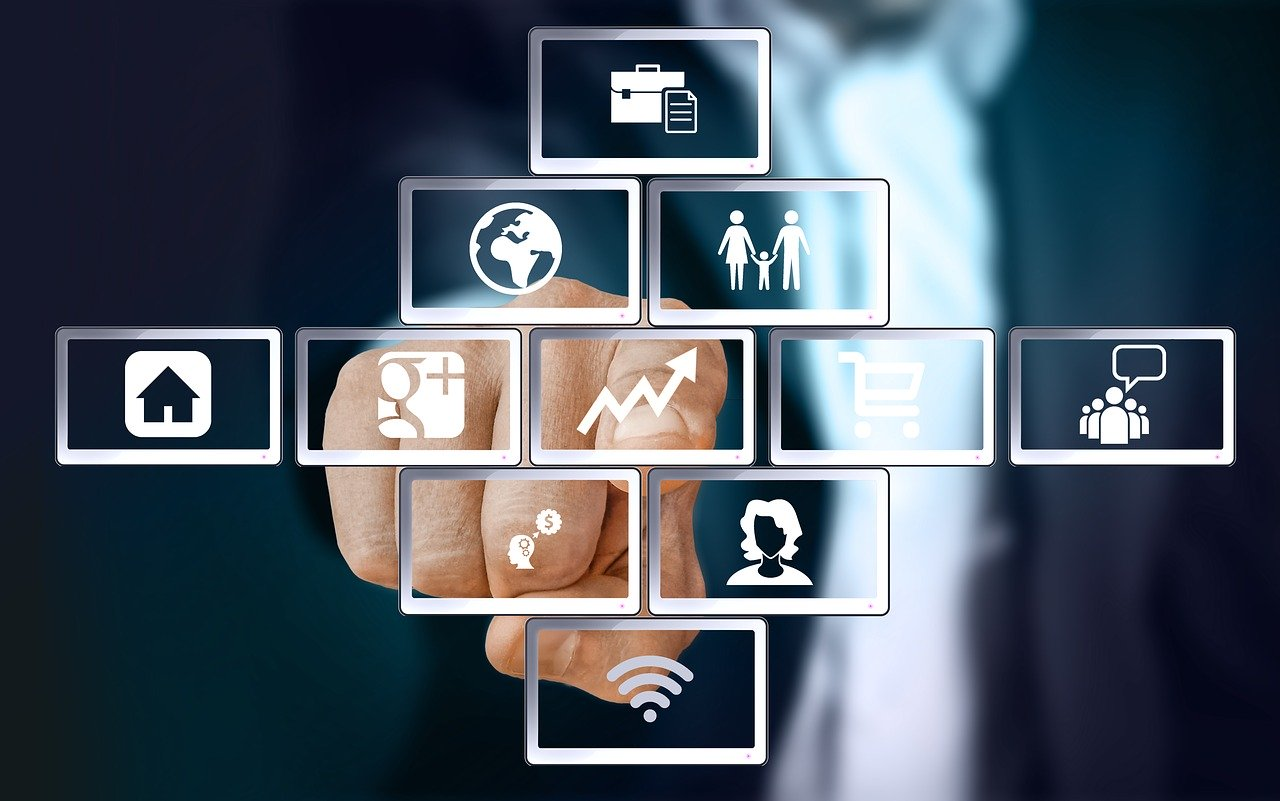Accounting
How Technology Offers New Levels of Accessibility to People with Disabilities
For people with disabilities, technology has grown to a level that allows them to live, work, play, and communicate with greater accessibility.
Sep. 07, 2023

By Josh Fields.
Throughout human history, advancements in technology have helped people reach great heights, allowing our world to be more connected than ever before and even granting us the ability to explore beyond the barriers of our home planet.
Through AI, technology has even edged into the creative sphere. For people with disabilities, technology has grown to a level that allows them to live, work, play, and communicate with greater accessibility.
According to the CDC, 26% of Americans have a disability of one kind or another. Advancements in technology give these people the accessibility to live full, successful lives at work, at home, or out in the world.
Assistive technology, as tech for people with disabilities is often called, is not a new concept. After all, the wheelchair can be deemed assistive technology. But, with the tech boom of the late 1990s and early 2000s, assistive technology has taken on a whole new dimension — giving voice to the previously voiceless, hearing to the deaf, and greater mobility than previously available.
Assistive technology in the mainstream
Much of the technology that has gained mainstream acceptance has opened up new doors for our neighbors with disabilities. . One example is text-to-talk technology and verbal command devices such as Siri and Alexa.
While many people who are able-bodied use these devices on a daily basis, they allow people with disabilities to live more independently. Through continued advancements in automatic recognition, even those with speech difficulties have been able to use text-to-talk technology, which is exceedingly helpful for those who may have difficulty with their motor skills.
Video conferencing is another relatively recent technological advancement that has given people with disabilities more independence. With remote work gaining popularity during the pandemic, workers were given access to more job opportunities than they had when in-office work was the standard. Although working from home was considered a “reasonable accommodation” per the ADA pre-pandemic, accessibility issues still stood in the way of many career opportunities.
Video conferencing programs have allowed people with disabilities d to attend meetings and conferences, share work and training, and be where their coworkers are, so that they may feel like a part of the team. Combined with speech-to-text software that allows the deaf and hard-of-hearing to know what their coworkers may be talking about, and braille screen readers to help the blind, video conferencing software has opened up new pathways of accessible work for many people with disabilities.
If we look at rehabilitation and care for people with disabilities, there have been a number of advancements brought forward just in the past few years alone. Technology tools such as vehicle modifications, mobility devices, or continuous glucose monitors for people with diabetes have allowed people to monitor their conditions, have enhanced mobility, or even travel with less concern for health or safety.
Keeping technology accessible
Though there have been great strides made in adaptive technology, rapid innovation can also leave people behind at times. Businesses, organizations, facilities, and institutions looking to bring adaptive technology to people must ensure that the technology is ready to be implemented, free from disruptive bugs or failures that will leave people with disabilities even more separated from their peers. When technological advancements are still in their infancy, the problems often overshadow the possibilities.
For example, in a series of lawsuits filed in 2015, high-profile institutions MIT and Harvard were called to task for inaccurate captioning on their online class resources, causing issues for deaf and hard-of-hearing students.
Another barrier to accessibility is the cost and availability of advanced assistive technology. The Coalition of Organizations for Accessible Technology (COAT) is one group fighting to get people with disabilities greater access to the internet and widespread broadband access. This will allow more people to work from home, communicate with friends and family, and take advantage of a range of services, such as financial and healthcare, that they were kept from in the past.
The future of assistive technology
The tech world is never done innovating, as there are always new worlds to discover and new problems to solve. There has been an increased interest in IoT and interconnected devices that allow people with disabilities to control their homes, medical devices, or mobility devices from their smartphones.
Great technology and medical minds are working on issues of paralyzation rehabilitation, robotic assistance devices, self-driving vehicles, and virtual reality technology with tenacity, unveiling their advancements often enough to give the disability community hope that if a certain assistive technology doesn’t exist now — it may in a few years.
Even a few decades ago, it was unthinkable that a robotic exoskeleton could help a paralyzed person walk, or that a Bluetooth-connected device like the OrCam could read entire pages of text to someone. Today, these devices not only exist, but are revolutionizing the adaptive landscape.
====
John Fields is the Co-Founder & CEO of The Next Step Program, which serves young people with disabilities as they transition out of high school.
